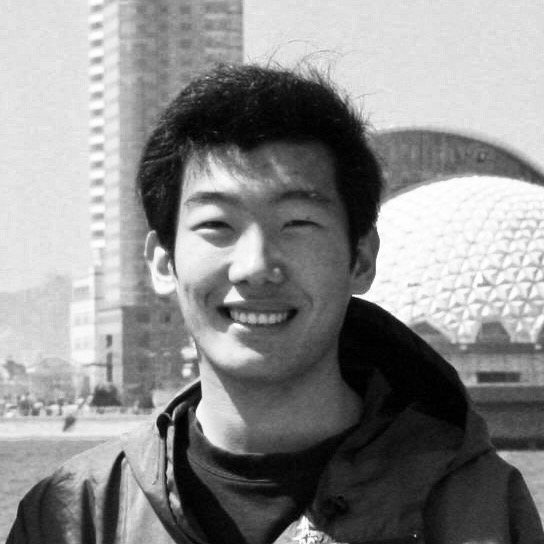About
This site has moved to https://rd.me/
PhD and OpSIS
Ran Ding received his Ph.D. in EE from the University of Washington (UW), Seattle in 2014. With support from Intel, his Ph.D. research contributed to the creation of an open-access foundry platform OpSISNature article, which made silicon photonics technology accessible to more than 150 research and industry institutions. For example, researchers at CalTech and MIT used chips fabricated at OpSIS for cutting-edge research in 3D LiDAR sensing, quantum computing, and deep learning computation acceleration.
Representative work:
- A Silicon Platform for High-Speed Photonics Systems (OFC’12, invited talk)
- A Compact Low-Power 320-Gb/s WDM Transmitter Based on Silicon Microrings
- 100-Gb/s NRZ optical transceiver analog front-end in 130-nm SiGe BiCMOS (OI’14)
Elenion
During his PhD, Ran co-founded a fabless (Design-as-a-Service) startup commercializing silicon photonics technology. The startup was later acquired and rebrandedOVUM article as Elenion, where he continued to lead a 15-person core technical group and delivered the companies first commercial productIMRA in 2017.
AWS AI
Ran then applied his experience in numerical methods and simulations to the area of machine learning and joined Amazon AI’s SageMaker Algorithm Group to research on inifinitely scalable machine learning algorithms and platforms. At SageMaker Algorithm, his main focus was neural variation inference and its applications in Natural Language Processing (NLP)AWS blog, webinar. Later on, he worked in AWS AI Labs and led the design and implementation of a new AWS service Amazon Kendra, making state-of-the-art deep learning based semantic search and question answering available for enterprise search.
Representative work:
- Coherence-Aware Neural Topic Modeling (EMNLP’18)
- Weakly Semi-Supervisited Neural Topic Models (ICLR’19, workshop)
- Topic Modeling with Wasserstein Autoencoders (ACL’19)
Ran’s main interests in machine learning include natural language processing (NLP) (language modeling, topic models, semantic matching, text classification, etc), deep generative models (VAE, GAN, adversarially regularized autoencoders), and learning methods (weak supervision, transfer learning, meta/few-shot learning, domain adaptation).
Ran currently holds 9 US patents and has authored and co-authored more than 80 peer-reviewed academic papersGoogle Scholar.
